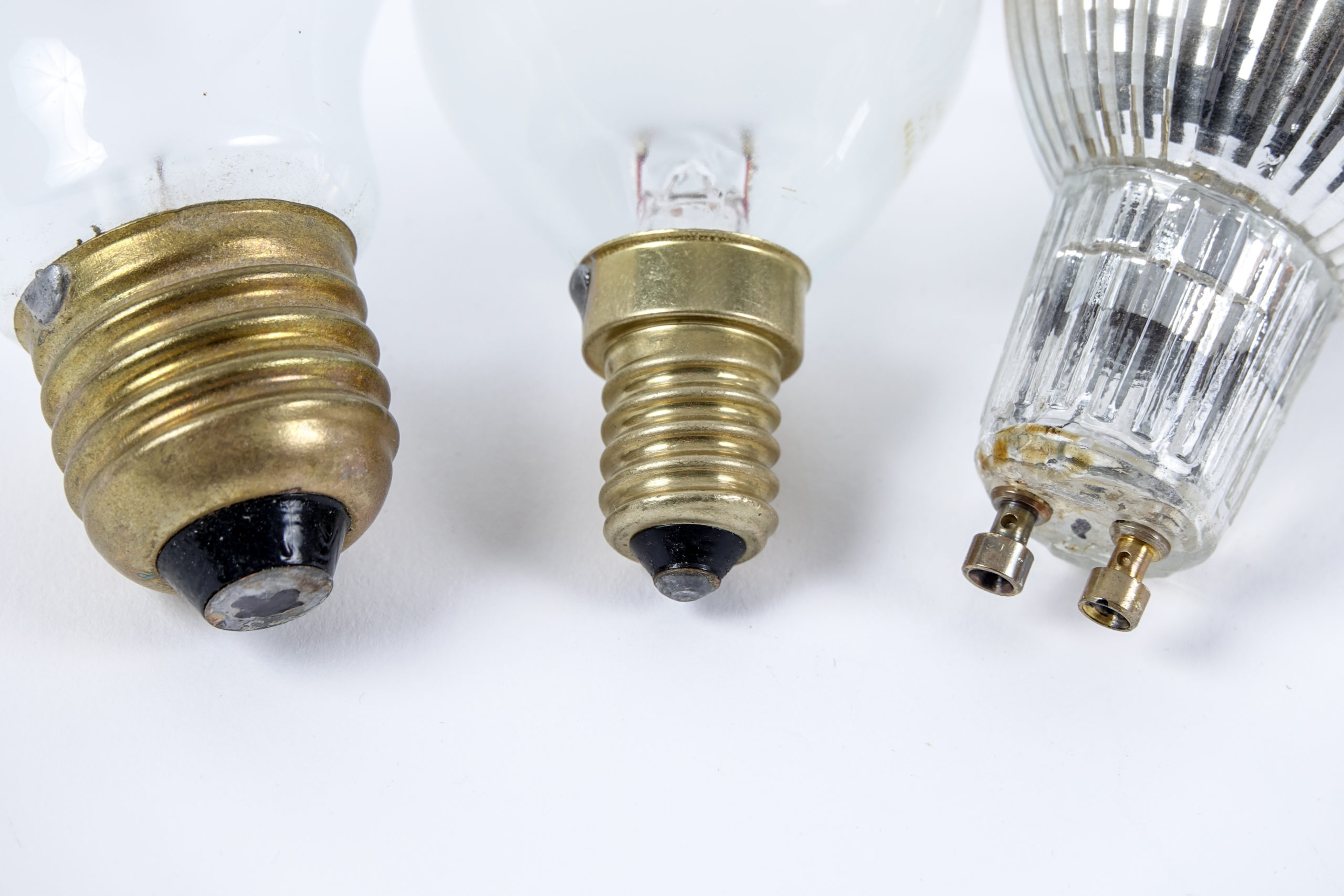 (Click to Expand)
(Click to Expand)
Most people don’t realize that they may have the wrong type of socket in the fixture they are looking to change over from a fluorescent bulb to an LED bulb. Using the wrong socket can cause an electrical short, melt components or potentially start a fire. The socket, also called a lamp-holder, or tombstone come in two types -Shunted and Non-Shunted -each is designed for a specific bulb/socket/ ballast circuit.
Shunted and Non-Shunted Sockets
The main difference between sockets is the way the electrical currents flow through the ballast, a part in the socket circuit that regulates the electric current and provides voltage to the lamp.
- Shunted sockets receive electricity through a single point and spread it to two points of contacts. There is one path in a shunted lamp holder, and the current only flows one way.
- In a non-shunted socket,on the other hand, the voltage is received on every point of contact, and the current flows through multiple paths. The contacts aren’t connected.
How to Identify a Shunted or Non-Shunted Sockets
In a shunted socket, the contacts are connected inside the socket, which creates a continuous arc between both electrodes. A non-shunted socket is just the opposite. There isn’t continuity in a non-shunted socket because there aren’t any internal connections between contacts.
To identify a socket type, you need to use a voltage meter and test the contacts for continuity. Continuity is the complete path of an electrical current.
Set your voltage meter to “continuity” and touch one probe to a neutral or ground contact and the other probe to a hot wire, screw terminal, or outlet slot. If the meter beeps, rings, lights up, or issues another alert, it means you have a shunted socket.
In some cases, you might also be able to check if a socket is shunted or non-shunted by counting the number of holes in the socket. Shunted sockets usually have two holes, and non-shunted models have four. However, these numbers can vary, and it’s always safest to verify the type with a voltage meter. Follow the specific instructions on your voltage meter to be sure of its accuracy.
What Is a Ballast?
Some lighting fixtures need a ballast to operate. The ballast is part of the circuit that alters the amount of energy that’s transferred into the light fixture. When you first switch on a light, the ballast releases a high-energy voltage to establish an arc between contact points. After the connection is made and the light turns on, the ballast restricts the energy output to keep the bulb from overheating and burning out. They can also help to limit the fixture’s overall energy expenditure and are an important element for cost- and energy-efficiency.
A ballast is the functional part of a fluorescent light source. Just as a heart regulates blood flow to your body, a ballast ensures that a light bulb stays lit by managing the distribution of energy throughout the fixture. Hearts work to distribute blood via channels or arteries in the body to keep it active and alive. Similarly, ballasts have the same responsibility for fluorescents, but with energy.
There are several different types of ballasts available, which determine how quickly the light turns on and if the user can control the brightness in the room by degrees with a dimmer or program setting.
Here are a few popular ballast options:
- Instant-start
- Dimming
- Pre-heat
- Program start
- Rapid start
- Trigger
In general, an instant-start ballast can only be used with a shunted socket. Non-shunted sockets can be used with dimming, pre-heat, program start, rapid start, and trigger ballasts.
Contact Mitronix for All of Your Non-Shunted Socket Needs
At Mitronix, we specialize in supplying sockets for a variety of lighting solutions. We understand that homeowners, manufacturers, and commercial properties have diverse needs and exact specifications, which is why we’re here to help. When your requirements call for non-shunted sockets or any other type of sockets, Mitronix is the industry-leading supplier you want for all of your socket needs. Contact us to speak with one of our team members today.





